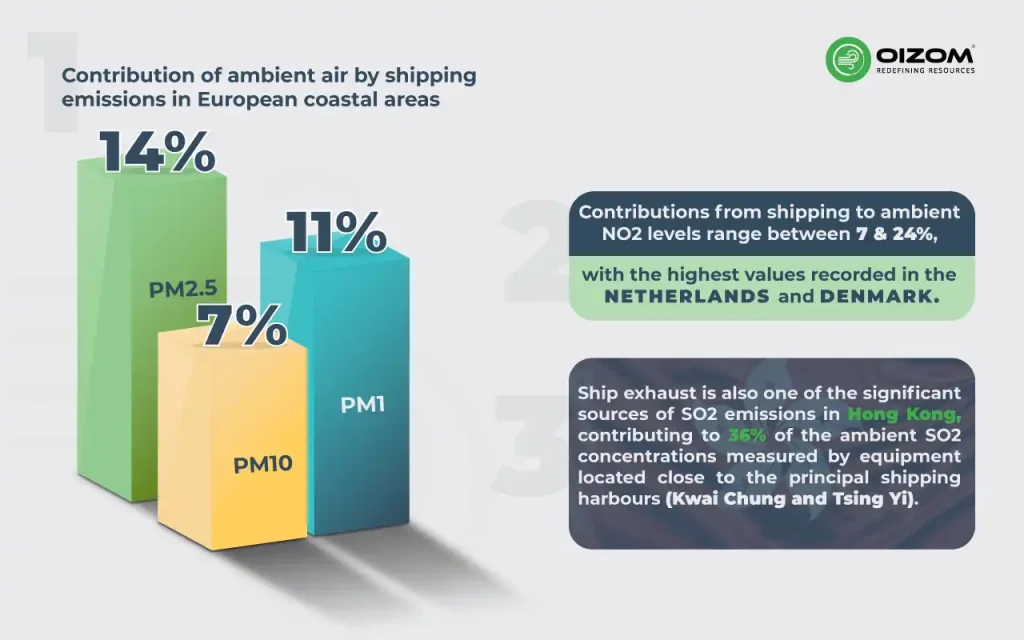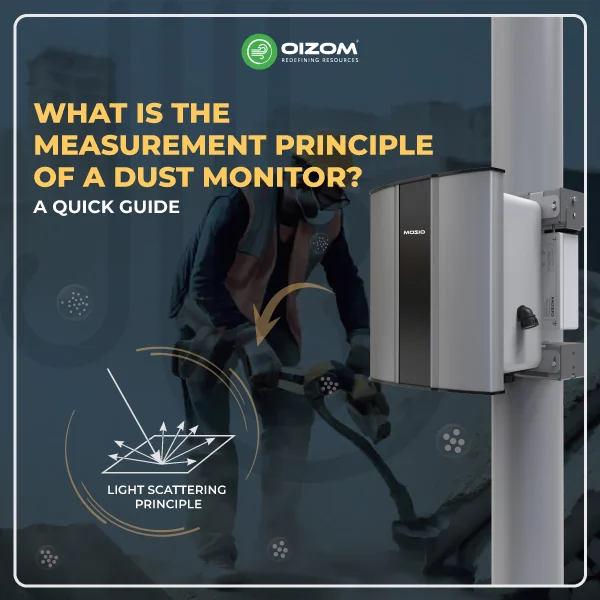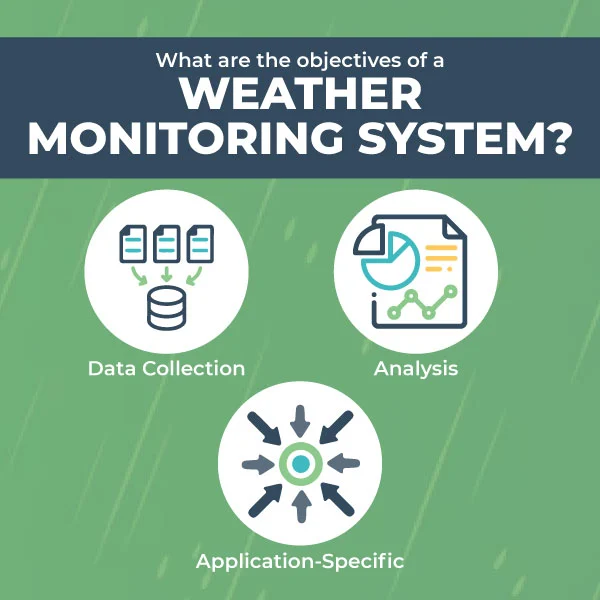Air quality monitoring has garnered significant attention in recent years, and rightly so. Poor air quality not only poses severe health risks but also fuels climate change. While most studies focus on metropolitan and industrial regions, coastal areas remain relatively less explored. This oversight is concerning, considering nearly 40% of the world’s population resides in coastal areas. This article aims to elucidate the unique challenges and implications of air quality monitoring in coastal regions, coupled with viable solutions and regulatory insights.
Air Quality Monitoring Techniques
Accurate air quality monitoring forms the bedrock of understanding the complex interplay between various pollutants, weather conditions, and local factors. The techniques involve measuring airborne particles (PM2.5 and PM10), gases (like NO2, SO2, and O3), and other atmospheric components. While ground-based stations equipped with sophisticated sensors offer high-resolution data, satellite observations provide broad coverage and trends. Recently, innovative low-cost sensor technology and artificial intelligence have also started to augment traditional air quality monitoring systems.
Factors Influencing Coastal Air Quality

Coastal air quality is a dynamic entity shaped by a combination of meteorological, geographical, and human factors. Two critical elements in coastal areas significantly influencing air quality are sea breezes and human activity, primarily in port cities and offshore oil and gas industries.
Sea Breezes and Their Implications on Air Quality
Sea breezes are an integral feature of coastal climatology, resulting from the differential heating of land and sea. During the day, the land heats up more rapidly than the sea, causing air to rise and form a low-pressure area, which the cooler sea air rushes in to fill. This pattern reverses at night. These breezes play a significant role in air quality by transporting pollutants offshore during the day and bringing them back inland at night. Hence, coastal air quality exhibits distinct diurnal variation.
Pollution Sources in Port Cities and Their Impact
Port cities often serve as economic powerhouses, bustling with industrial activity. However, these activities often contribute to air pollution. Shipping, cargo handling, and storage operations emit considerable amounts of particulate matter and gases. Additionally, the transportation network supporting these activities, primarily diesel vehicles, contribute to NOx and SOx emissions.
Offshore Oil and Gas Industry and Its Air Pollution Effects
Offshore oil and gas industries can significantly influence the air quality of coastal regions. The extraction processes release volatile organic compounds (VOCs), NOx, SOx, and particulates. Flaring and venting activities in these industries also contribute to CO2 and CH4 emissions, further intensifying global warming.
Challenges and Solutions
The primary challenges in coastal air quality monitoring include capturing the dynamics of sea breezes, addressing the pollution from port activities and offshore industries, and dealing with the complex interaction of local and transported pollutants. Solutions lie in implementing rigorous air quality monitoring networks, promoting cleaner technologies in shipping and industries, and fostering international cooperation for transboundary pollution management.
Challenges:
- Dynamic Nature of Sea Breezes: Capturing the complex dynamics of sea breezes and their impact on the distribution of air pollutants is a significant challenge. Sea breezes can carry pollutants offshore during the day and bring them back inland during the night.
- Pollution from Port Cities: Port cities are often bustling with industrial and shipping activities, which contribute significantly to air pollution. Monitoring and controlling these emissions is a daunting task due to the sheer scale of these activities.
- Offshore Oil and Gas Industry Emissions: Emissions from the offshore oil and gas industries are often difficult to monitor and control. These industries release harmful pollutants like volatile organic compounds (VOCs), nitrogen oxides (NOx), sulfur oxides (SOx), and particulate matter into the air.
- Complex Interaction of Local and Transported Pollutants: Coastal areas can be affected by both locally produced pollutants and those transported from other regions. This interplay makes it challenging to accurately assess air quality and identify the primary sources of pollutants.
- Lack of Specific Regulations: Existing regulations may not adequately address the unique air quality challenges in coastal regions.
Solutions:
- Implementing Robust Air Quality Monitoring Networks: Deploying a network of sensors across coastal regions can help monitor air quality accurately. These networks should be able to capture the unique dynamics of coastal areas, such as sea breeze effects and pollutant transport.
- Promoting Cleaner Technologies: Encouraging the use of cleaner technologies in shipping and other industries can help reduce pollutant emissions. For instance, switching to low-sulfur fuels, electrifying port operations, and adopting renewable energy sources can significantly cut emissions.
- Fostering International Cooperation: Many coastal areas are affected by pollutants transported from other regions or countries. Therefore, international cooperation is essential to manage transboundary air pollution effectively.
- Enforcing Strict Regulations: Implementing and enforcing stringent air quality regulations for coastal regions can help control pollutant emissions. These regulations should address the unique challenges posed by sea breezes, port city emissions, and offshore industry activities.
- Increasing Public Awareness: Educating the public about the importance of air quality and the impacts of air pollution can encourage more sustainable practices and foster a culture of environmental responsibility.
Create your own air quality monitoring techniques with the information we’ve provided in our blog.
Health Implications and Climate Change
Poor air quality is linked to respiratory and cardiovascular diseases, impairing public health and burdening healthcare systems. Additionally, pollutants like black carbon contribute to global warming by absorbing sunlight, thereby heating the atmosphere. Monitoring and controlling air quality in coastal areas thus become vital to both public health and climate change mitigation.
Conclusion
Air quality in coastal regions is a crucial aspect of environmental monitoring, considering the significant population residing there and the unique pollution dynamics. By enhancing our understanding of air quality monitoring techniques, identifying critical pollution sources, and acknowledging health implications and climate change, we can ensure healthier and more sustainable coastal environments. A robust regulatory framework coupled with continuous research will enable us to tackle these issues effectively. The importance of air quality cannot be understated – it’s not just about numbers and charts; it’s about our health, our climate, and our future.






